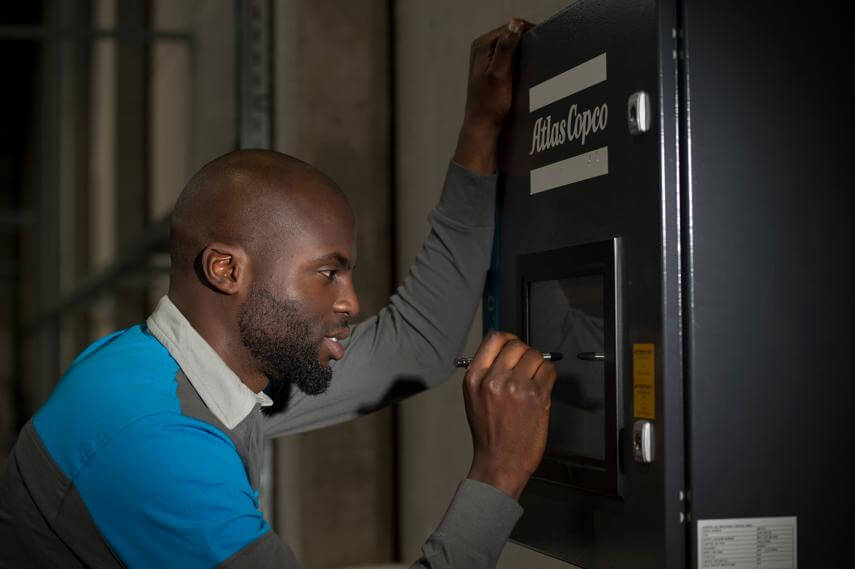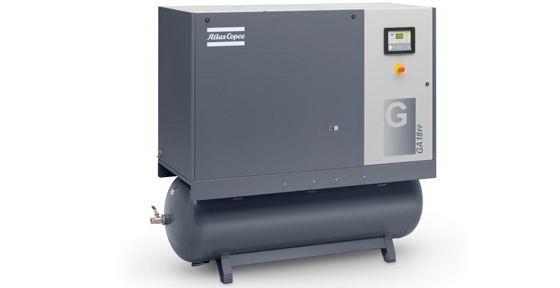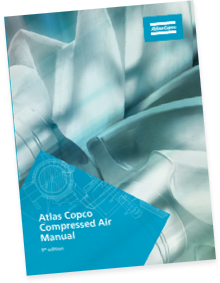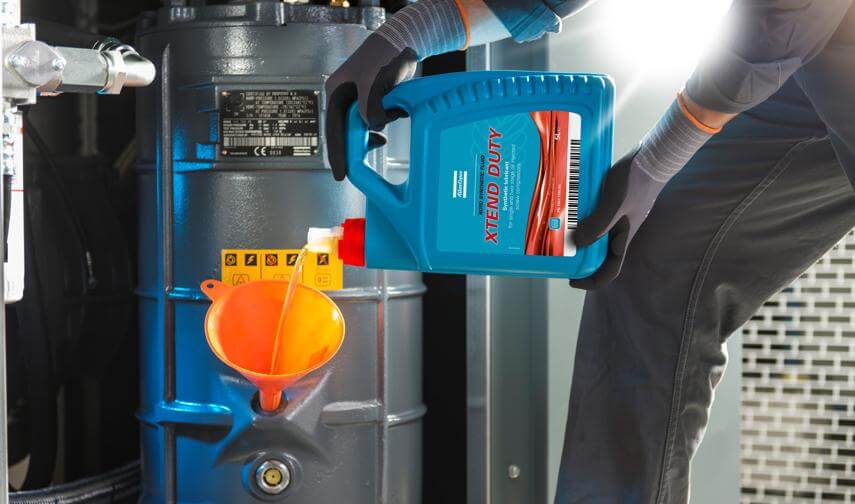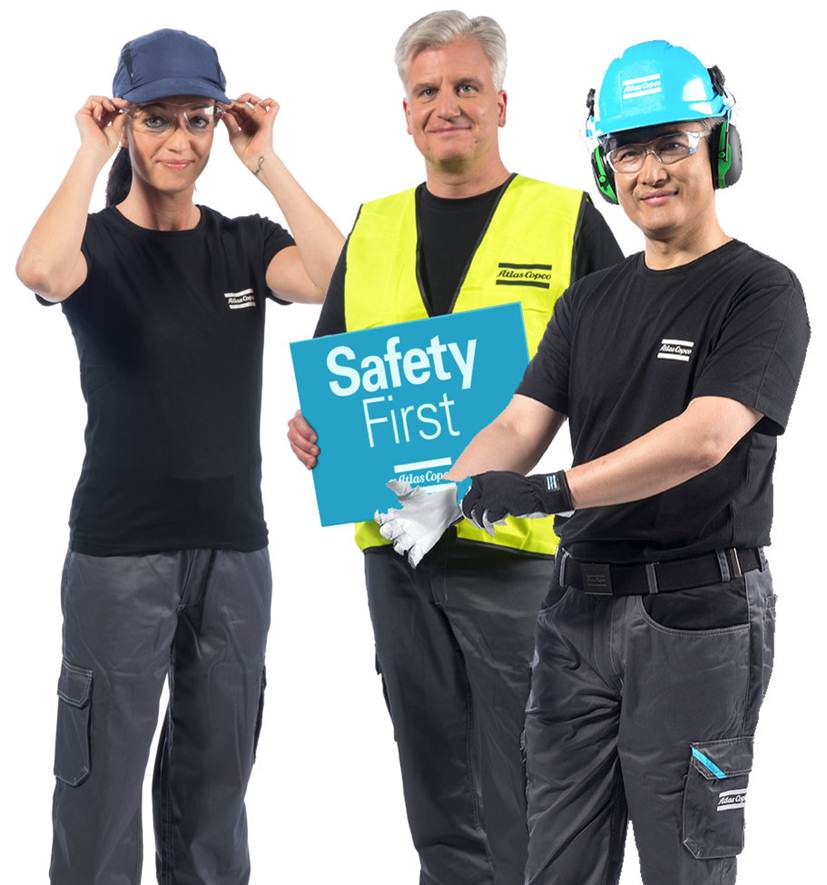Blowing off some steam. We’ve all done it. We all know someone who needs to do it. And it comes in a variety of forms. Whether it’s going for a run or yelling at the sky, release can be a good relief.
Something or someone could likely explode if release doesn’t happen. It might seem like a small thing, but the pressure relief valve (PRV) on a tank-mounted air compressor is an important part and so is checking to ensure it’s doing its job.
Places with high air pressure also need a pressure relief valve. If it doesn’t, the pressure will come out somewhere, usually with disastrous results. (Also, please don’t build your own air compressor; that’s how things like this happen). With a smooth, controlled pressure release via a valve, the atmosphere inside a compressor tank has a control to monitor build-up. You’ve likely seen it and probably have pulled it. One end is treaded into the compressor tank or system line with a ringlet end on the other. A loud noise and a rush of air usually follow a quick pull. It can be easy to forget about and overlook, but it’s a necessary safety feature.
Over time and in dirty working conditions, the PRV can become stuck or gummed up. That’s why it’s important to test it periodically. Every month or so:
- Put on gloves and safety glasses
- Warn those around you that you are testing the PRV
- Pull the ring; ensure that it closes and pull it again one or two more times to ensure it moves freely without sticking
The PRV is the equivalent of your compressor’s circuit breaker; it’s there to interrupt things when an overload becomes too much to handle or is getting close to being unsafe.
Pressure build-up without relief can be catastrophic, and the PRV should provide that release for you. But like all safety valves, check it periodically to ensure it’s operational. Then you and your co-workers can do the same.
